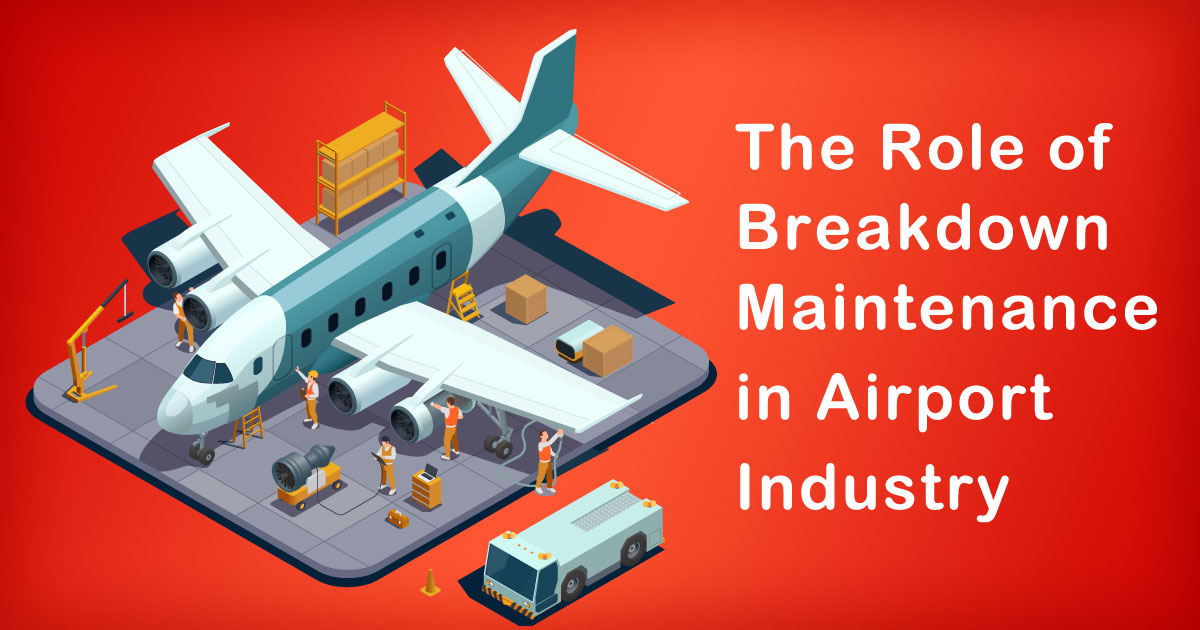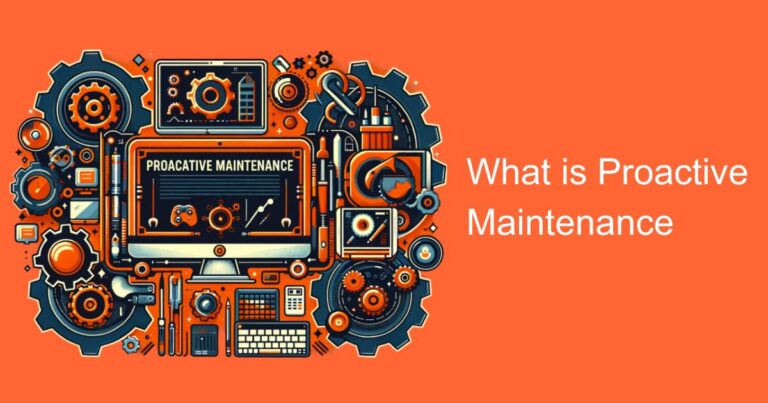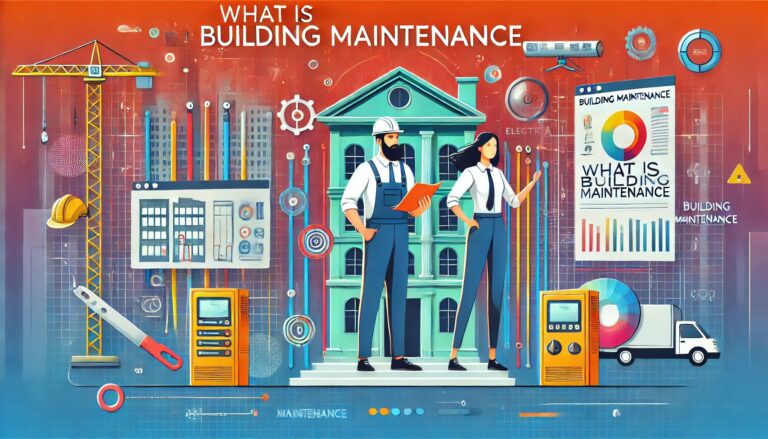Introduction
In the ever-evolving world of aviation, airports serve as vital gateways, facilitating the smooth movement of people and goods across the globe. To ensure the seamless functioning of an airport, the maintenance of critical infrastructure is of paramount importance. Breakdown maintenance, a reactive approach aimed at addressing sudden equipment failures, plays a crucial role in keeping airports operational at all times. In this blog, we delve into the significance of breakdown maintenance in the Indian airport industry, supported by research and facts.
Understanding Breakdown Maintenance
Breakdown maintenance, also known as corrective or reactive maintenance, involves addressing equipment failures and malfunctions as they occur. It entails an immediate response to restore the equipment to its optimal working condition and minimize downtime. Although preventive maintenance, which involves scheduled inspections and replacements, is also practiced, breakdown maintenance complements it by tackling unforeseen issues promptly.
The Scale of Indian Airports
India boasts an extensive and robust network of airports, with more than 100 operational airports spread across the nation. These airports handle a staggering number of domestic and international flights, catering to millions of passengers each year. The volume of air traffic and the continuous operation of airports make effective maintenance practices, including breakdown maintenance, indispensable.
The Impact of Breakdowns in Airports
Equipment breakdowns at airports can lead to severe disruptions in operations, resulting in flight delays, cancellations, and inconvenience to passengers. Baggage handling systems, security equipment, runway lighting, and air traffic control systems are just a few examples of the critical infrastructure that requires constant monitoring and maintenance. Any failure in these systems can lead to chaos and financial losses, underscoring the significance of breakdown maintenance.
Cost Implications
Apart from operational disruptions, breakdowns can have substantial financial implications for airports. Unscheduled repairs often come at a premium, and the longer the downtime, the greater the financial burden. The Indian aviation industry, like any other, faces the challenge of optimizing maintenance costs while ensuring the highest standards of safety and efficiency. By adopting an effective breakdown maintenance strategy, airports can strike a balance between operational expenses and service quality.
Breakdown Maintenance Best Practices
To effectively implement breakdown maintenance in Indian airports, the following best practices should be considered:
Real-time Monitoring:
Implementing advanced monitoring systems can help detect early signs of equipment deterioration, reducing the likelihood of sudden breakdowns.
Predictive Analytics:
Leveraging predictive analytics can forecast potential equipment failures based on historical data, enabling proactive maintenance measures.
Skilled Workforce:
Employing skilled maintenance personnel who can swiftly respond to breakdowns with efficiency and precision is crucial.
Spare Parts Inventory:
Maintaining an adequate inventory of essential spare parts can significantly reduce downtime, as repair activities can be expedited.
Collaborative Efforts:
Establishing collaborations with equipment manufacturers and industry experts can offer valuable insights and support in optimizing maintenance practices.
Case Study:
Success of Breakdown Maintenance in Major Indian Airports
A prominent example of the effectiveness of breakdown maintenance in Indian airports is the case of Delhi’s Indira Gandhi International Airport (IGIA). By focusing on a well-structured breakdown maintenance approach, IGIA has managed to significantly reduce downtime and improve operational efficiency. The airport’s collaboration with equipment manufacturers and its emphasis on predictive maintenance has led to a noticeable decline in equipment failures, enhancing passenger experience and overall airport performance.
Conclusion
In conclusion, breakdown maintenance serves as a pivotal pillar in maintaining the uninterrupted functioning of Indian airports. Its ability to address sudden equipment failures promptly can minimize disruptions, financial losses, and inconveniences to passengers. By adopting best practices and leveraging technological advancements, airports in India can further strengthen their maintenance strategies, ensuring safety, efficiency, and a seamless travel experience for all stakeholders involved. As the aviation industry continues to evolve, breakdown maintenance remains an indispensable element in upholding the nation’s aviation infrastructure.








